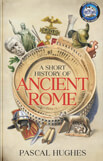Noiser
Titanic Conspiracy Theories Debunked
Play Titanic: Ship of Dreams 1. The Biggest Ship in the World
For over a century, conspiracy theories have swirled around the catastrophic sinking of the RMS Titanic. All of them ignore the facts behind the tragedy.
1. J.P. Morgan Planned the Disaster to Eliminate His Rivals
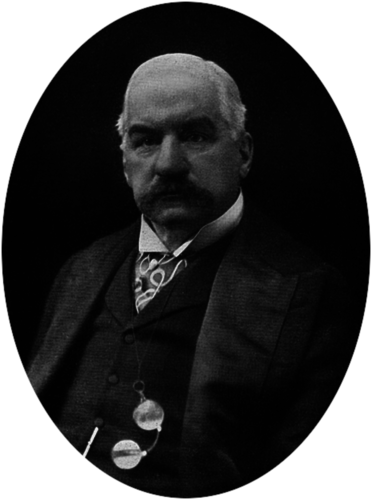 One of the most popular Titanic conspiracy theories is that J.P. Morgan, owner of the White Star Line, planned the disaster to kill off rival tycoons Jacob Astor, Benjamin Guggenheim, and Isidor Straus. This theory hinges on the fact that Morgan was supposed to be on the ship’s maiden voyage, but cancelled last minute. Morgan, however, was certainly not the only passenger to change their plans — plenty of other people with tickets didn’t make it aboard for all sorts of reasons. But the major issues with this theory are the how and why. How could J.P. Morgan have possibly guaranteed that Titanic would collide with an iceberg in the mid-Atlantic? And even if he could, how could he ensure that the ship would hit it in such a way that the hull would be fatally compromised? The answer is he couldn’t — there was no way for anyone, not the lookouts who first spotted the iceberg or J.P. Morgan, to predict the speed, trajectory, and angle of the collision.
One of the most popular Titanic conspiracy theories is that J.P. Morgan, owner of the White Star Line, planned the disaster to kill off rival tycoons Jacob Astor, Benjamin Guggenheim, and Isidor Straus. This theory hinges on the fact that Morgan was supposed to be on the ship’s maiden voyage, but cancelled last minute. Morgan, however, was certainly not the only passenger to change their plans — plenty of other people with tickets didn’t make it aboard for all sorts of reasons. But the major issues with this theory are the how and why. How could J.P. Morgan have possibly guaranteed that Titanic would collide with an iceberg in the mid-Atlantic? And even if he could, how could he ensure that the ship would hit it in such a way that the hull would be fatally compromised? The answer is he couldn’t — there was no way for anyone, not the lookouts who first spotted the iceberg or J.P. Morgan, to predict the speed, trajectory, and angle of the collision.
There were 9000 other ways that it could have hit the iceberg, and it would have been fine. It would've done damage to the ship, and it probably would've killed some people, but it wouldn't have had the incredibly catastrophic result that it had. It had to hit that iceberg in exactly the right way, scrape along it [...] at the precise angle right to put that kind of damage into the ship.
Stephanie Barczewski, author of Titanic: A Night Remembered
Now onto the why. Conspiracy theorists believe that Morgan wanted Astor, Guggenheim and Strauss out of the picture because they opposed the creation of the Federal Reserve — an institution that Morgan greatly benefited from when it was created a year after Titanic sank. The problem is that there is no evidence whatsoever that Astor or Guggenheim ever spoke out against the Federal Reserve, and Straus actually supported it. Furthermore, all of these men would have profited from the centralised banking system it spawned just as much as Morgan did.
2. An Ancient Mummy’s Curse Sank the Titanic
One of Titanic’s most eccentric passengers was an English newspaper editor named William Stead. Stead was a student of the occult and, in the years leading up to the doomed ship’s maiden voyage, was vocal about his belief that a cursed mummy was causing various disasters throughout London. Some accounts even claim that he regaled his fellow first-class passengers with the tale of the mummy’s curse over dinner the night the ship sank.
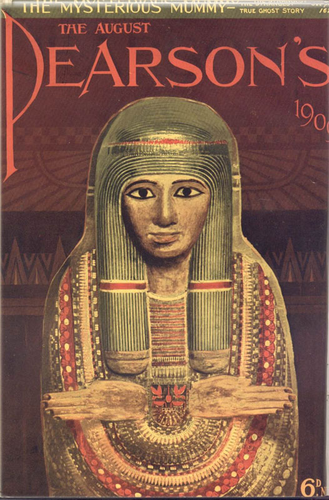
After the disaster, the cursed mummy theory picked up steam as grieving survivors and a bewildered public desperately grasped at explanations. Rumours spread that Titanic had been carrying the sarcophagus of a high priestess of the Temple of Amun-Ra — a famous artefact housed in the British Museum known as the “Unlucky Mummy”. This, however, is categorically false. The “Unlucky Mummy” never left the museum and remains on display to this day.
3. It Never Sank
While the Titanic is often seen as a unique feat of maritime engineering, it actually had a sister ship called the Olympic. These two steam liners were remarkably similar: they had a nearly identical structure, were almost exactly the same size, and featured luxury first-class interiors including the famous Grand Staircase and opulent dining rooms.
The striking resemblance between the two ships has sparked one of the wildest conspiracies about the disaster to date — that it was in fact the Olympic disguised as the Titanic that sank on April 15th, 1912.
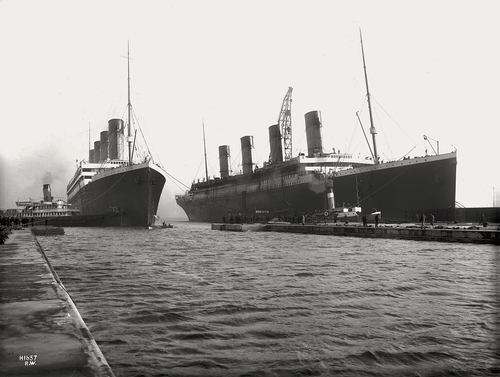 On one of the Olympic’s first voyages in 1911, it collided with a British warship, resulting in significant damage. Though the Olympic was repaired and quickly returned to service, a rumour spread that the White Star Line had concealed the extent of the damage and the ship was too structurally compromised to operate profitably. Conspiracy theorists believe the shipping company intentionally swapped the damaged Olympic with the Titanic, knowing that it would sink so they could reap a massive insurance payout.
On one of the Olympic’s first voyages in 1911, it collided with a British warship, resulting in significant damage. Though the Olympic was repaired and quickly returned to service, a rumour spread that the White Star Line had concealed the extent of the damage and the ship was too structurally compromised to operate profitably. Conspiracy theorists believe the shipping company intentionally swapped the damaged Olympic with the Titanic, knowing that it would sink so they could reap a massive insurance payout.
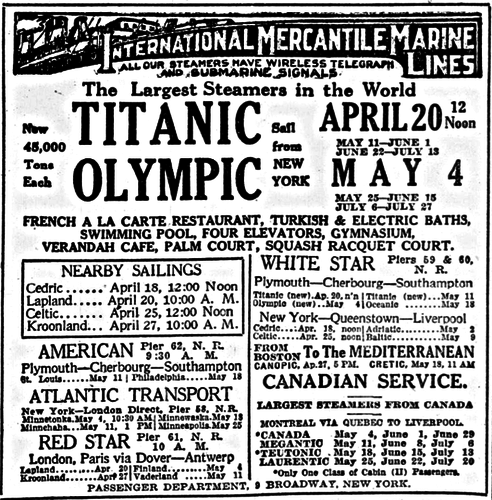 There are many issues with this theory, the first and most important being that the Titanic was underinsured. It was worth $7.5 million but only insured for $5 million (remember, it was supposed to be “unsinkable”), so the White Star Line actually suffered a massive loss when it sank.
There are many issues with this theory, the first and most important being that the Titanic was underinsured. It was worth $7.5 million but only insured for $5 million (remember, it was supposed to be “unsinkable”), so the White Star Line actually suffered a massive loss when it sank.
Furthermore, if the shipping company knew Titanic was going to sink, they likely would have been better prepared, providing enough lifeboats for all passengers on board.
You’d think if they were intending to do that they would have [...] had a more coherent evacuation plan. [It] speaks to our desperate desire to have some kind of explanation for what happened.
Professor Stephanie Barczewksi, author of Titanic: A Night Remembered
And then there’s the concrete evidence from the wreck itself. Everything on both the Olympic and Titanic, from the wood panelling to the toilets, was labelled with each ship's corresponding number: 400 for the Olympic and 401 for the Titanic. All artefacts pulled from the Titanic wreck bear the distinctive “401” marking, proving their origins.
4. The Numbers on the Ship’s Hull Doomed the Vessel
We end our list with perhaps the most bizarre Titanic conspiracy: the “NO POPE" theory. The story goes that while the ship was under construction in Belfast, Catholic workmen noticed that the ship’s number, 3909 04, seemed to spell out “NO POPE” when viewed in a mirror. They saw this as a sign that the ship was cursed.
 However, like many of the legends that emerged in the disaster’s wake, this story is pure fiction. For starters, the Titanic’s number was not 3909 04. Instead, the ship had two official designations: its yard number, 401, and its Board of Trade registration, 131,428. Neither of these numbers resembles “NO POPE” in any way.
However, like many of the legends that emerged in the disaster’s wake, this story is pure fiction. For starters, the Titanic’s number was not 3909 04. Instead, the ship had two official designations: its yard number, 401, and its Board of Trade registration, 131,428. Neither of these numbers resembles “NO POPE” in any way.
